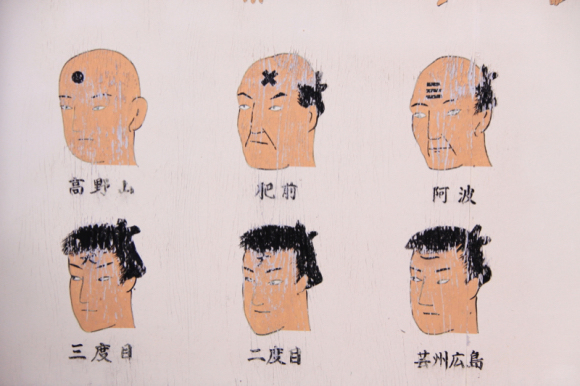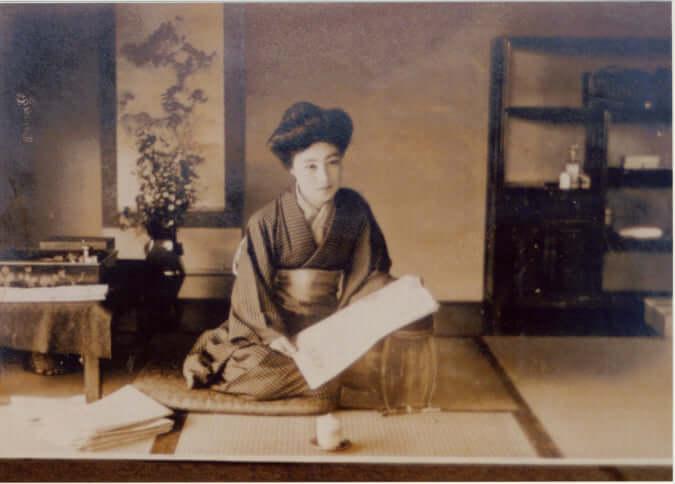Five G Music Technology: Tokyo’s Analog Synth Emporium
Based in Harajuku, this internationally renown retailer for vintage electronic instruments is a mainstay for Japan’s synth culture.
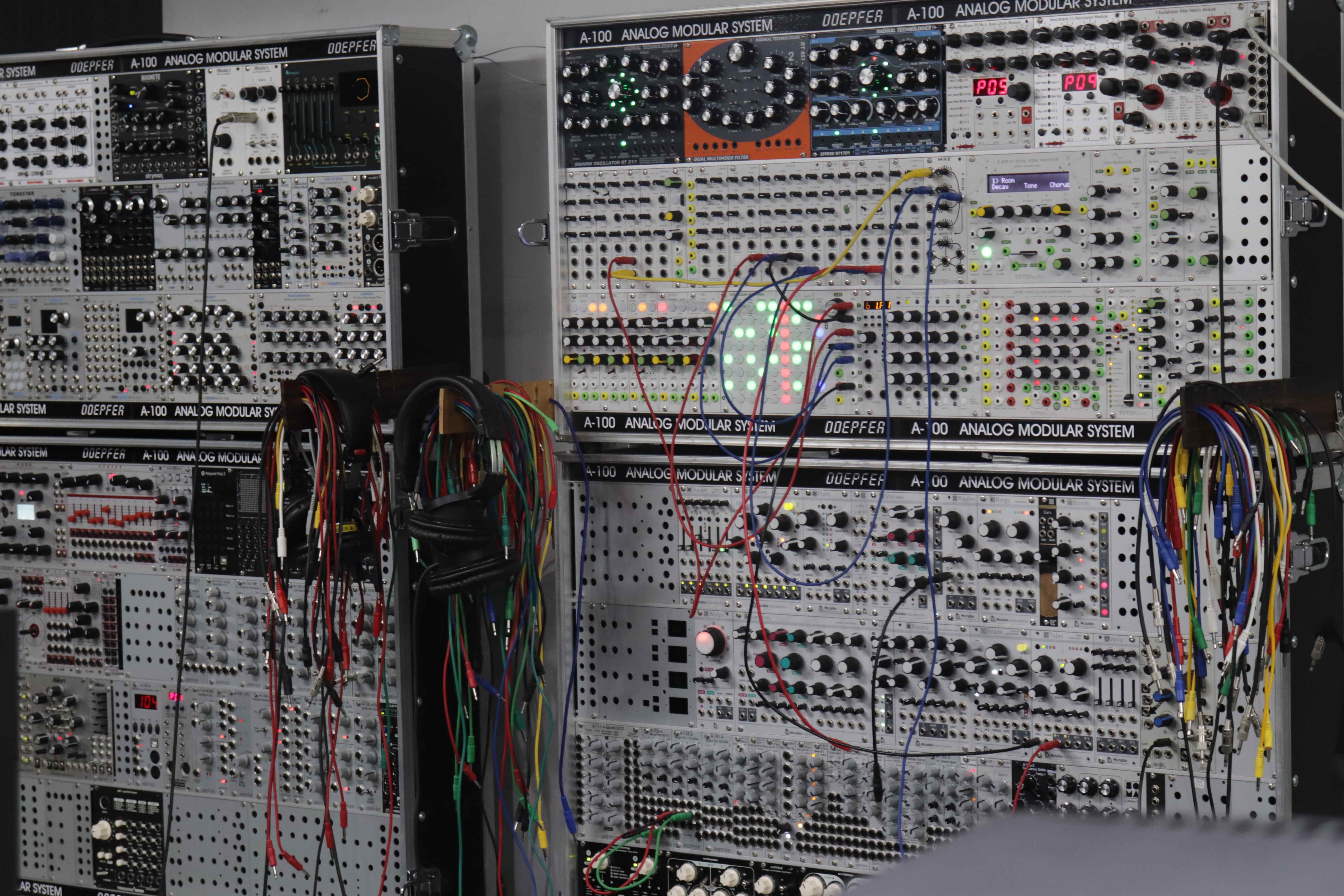
Courtesy of Five G Music Technology.
Hidden above Harajuku’s bustling Takeshita-dori, submerged under Tokyo’s fast-paced digital lifestyle, the legendary music shop Five G Music Technology exudes a different, deep-seated science-fiction. Its interior is decked with various rare equipment that once revolutionised the history of electronic music—vintage keyboards, drum machines and sequencers which oscillate with their significance in Japan’s modern context.
Game-changing inventions by Japanese companies such as Roland or Korg are lined up next to a staggering room-length bulwark of wires and modules. Their array of keys and knobs, whose analog bleeps, timbres and even noisy shrieks resound with unmatched physicality, has invited the attention of musicians and aficionados worldwide.
Computer Love
Five G was started in the late 1980s by its owner, who began by importing electric guitars from the US, and offered services to repair equipment alongside reselling them.
At the time, a new plethora of electronic instruments began to gradually define the sound of Tokyo, especially as it experienced a cultural explosion under an economic bubble and tech boom. Five G’s conversion into a synth speciality store occurred just at the cusp of this, conveniently at the same moment when the introduction of digital synthesisers, like the Yamaha DX-7, caused the prices of analog ones to drop. Since its full-fledged development as Tokyo’s best analog synth emporium, Five G has been consistently run by a tight knit team of specialists, including maintenance experts who deliver each repair and customisation in the highest grade quality. Its reputation has not only gathered the attention of international synthesiser connoisseurs, but also of famous Japanese musicians including Takkyu Ishino of Denki Groove and anime composer Taku Iwasaki.
The prices of vintage synthesisers have drastically risen in recent years as they become increasingly rare, yet their popularity still increases along with a rising interest in their fleshly timbres and nostalgic feel, unmatched to that of digital software. Amongst various parts and gadgets they use to reassemble and revive 40 year old equipment, Five G’s jaw dropping range of equipment speak a living history of technology and freedom, each piece telling a story of the genres and dance floors it helped shaped.
More information on Five G Music Technology can be found on their official website.
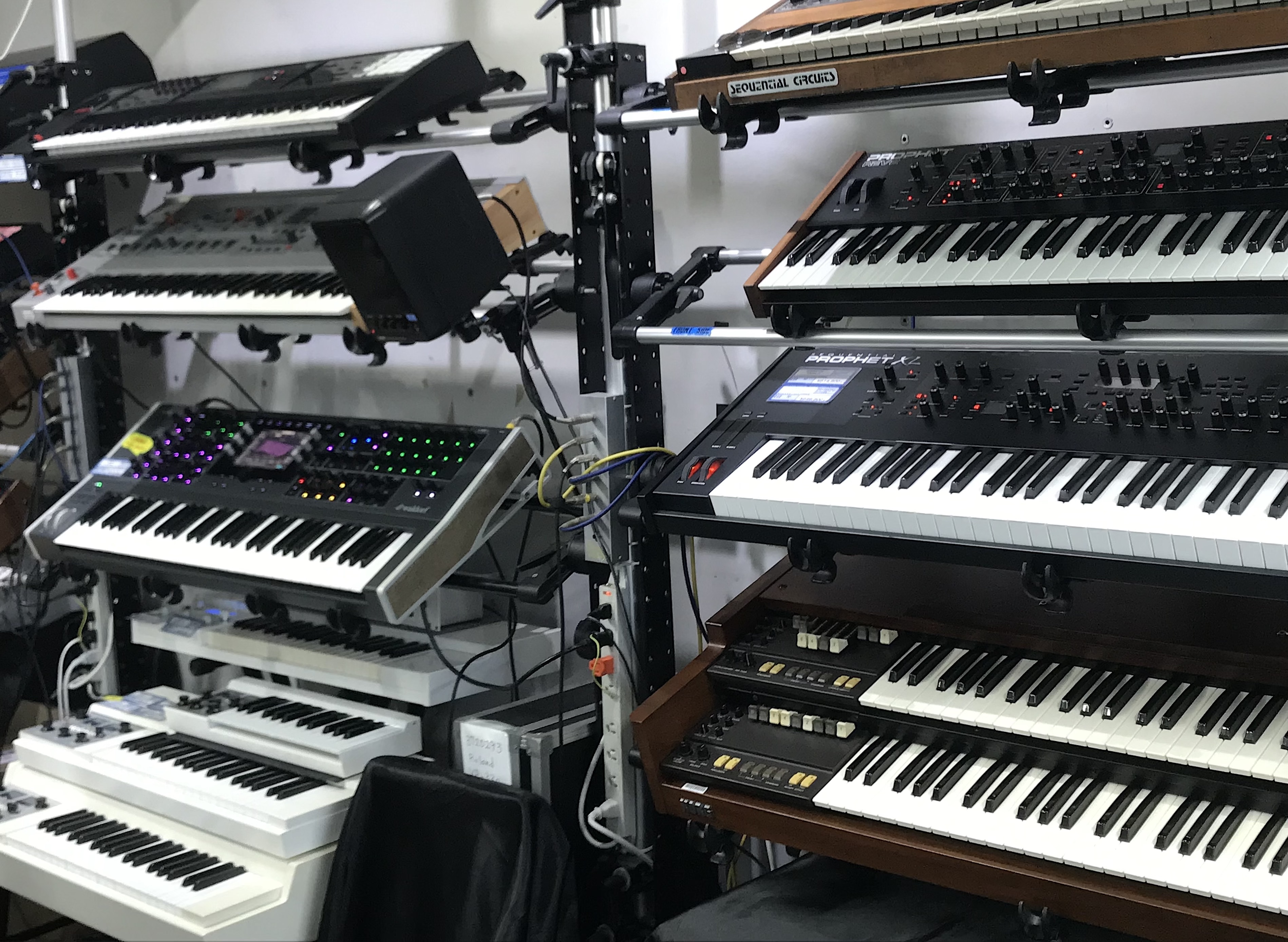
Courtesy of Five G Music Technology.
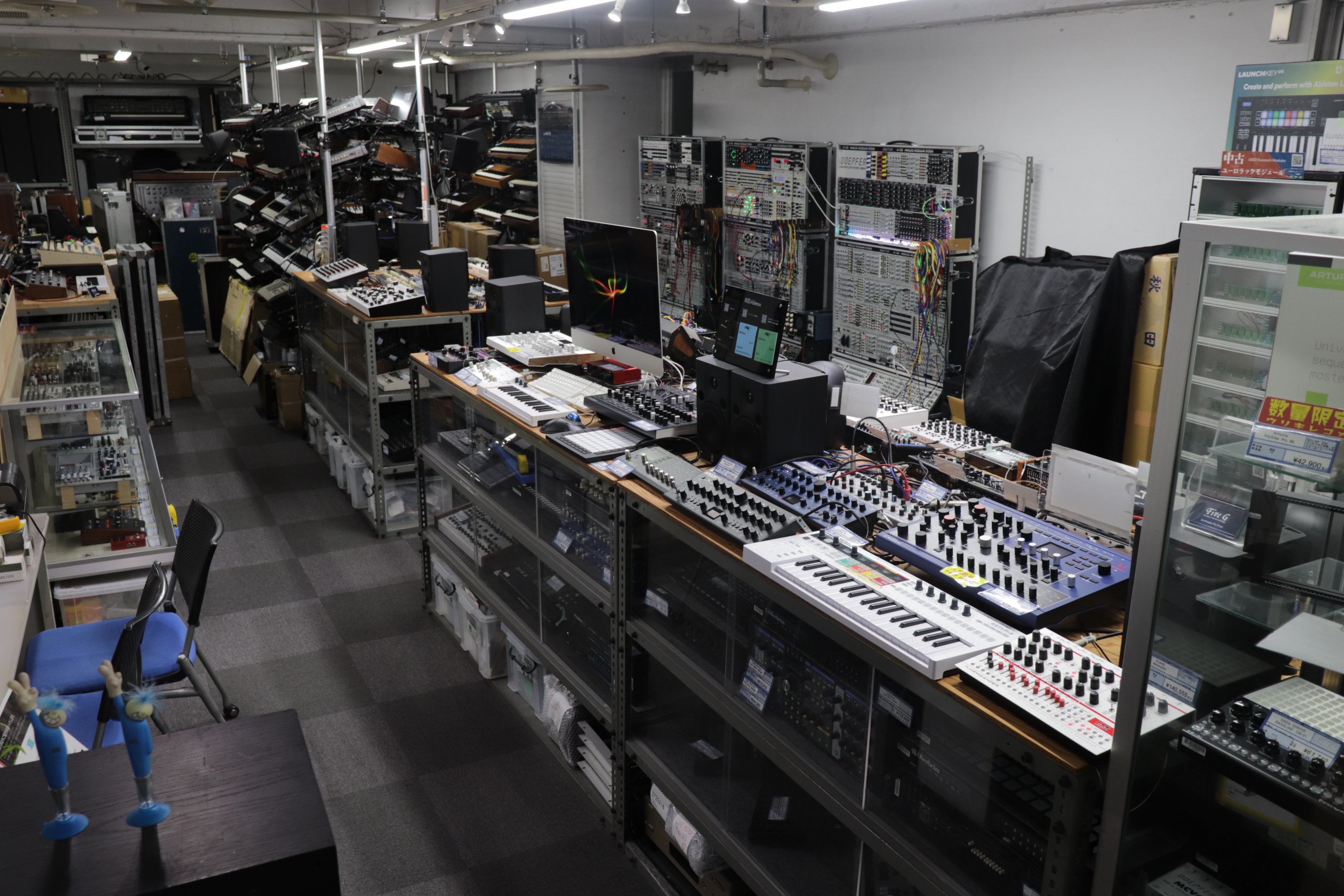
Courtesy of Five G Music Technology.
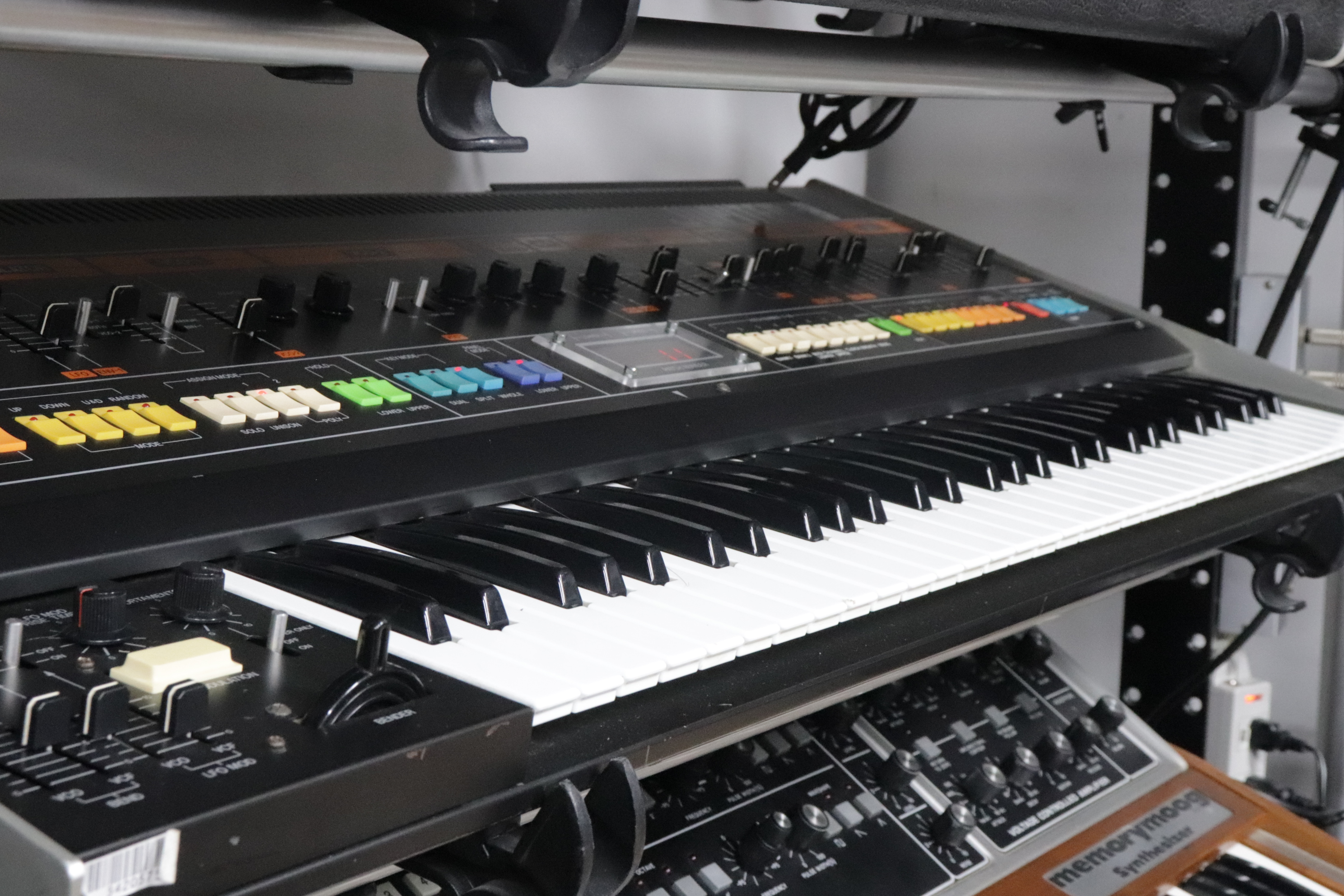
Courtesy of Five G Music Technology.
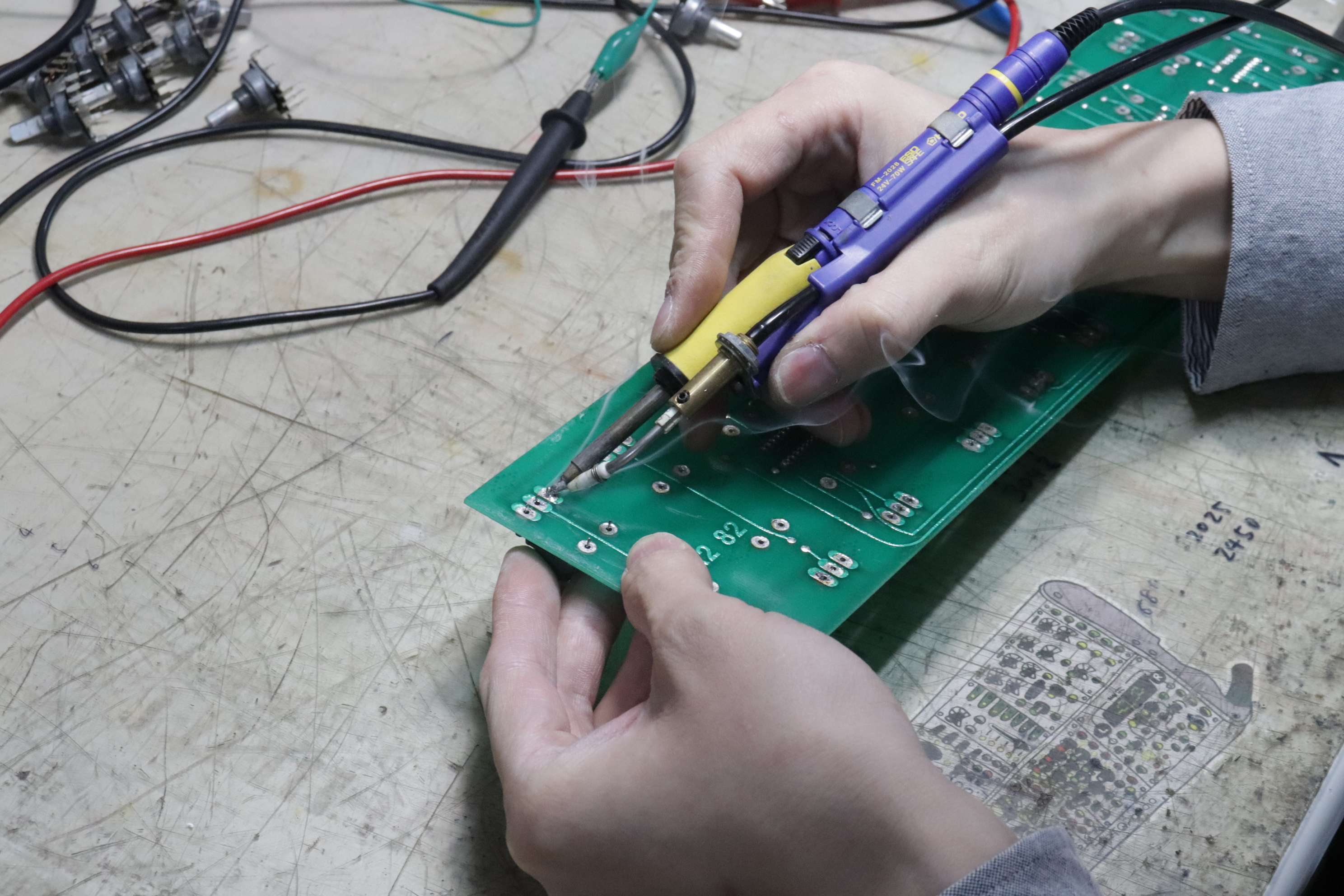
Courtesy of Five G Music Technology.
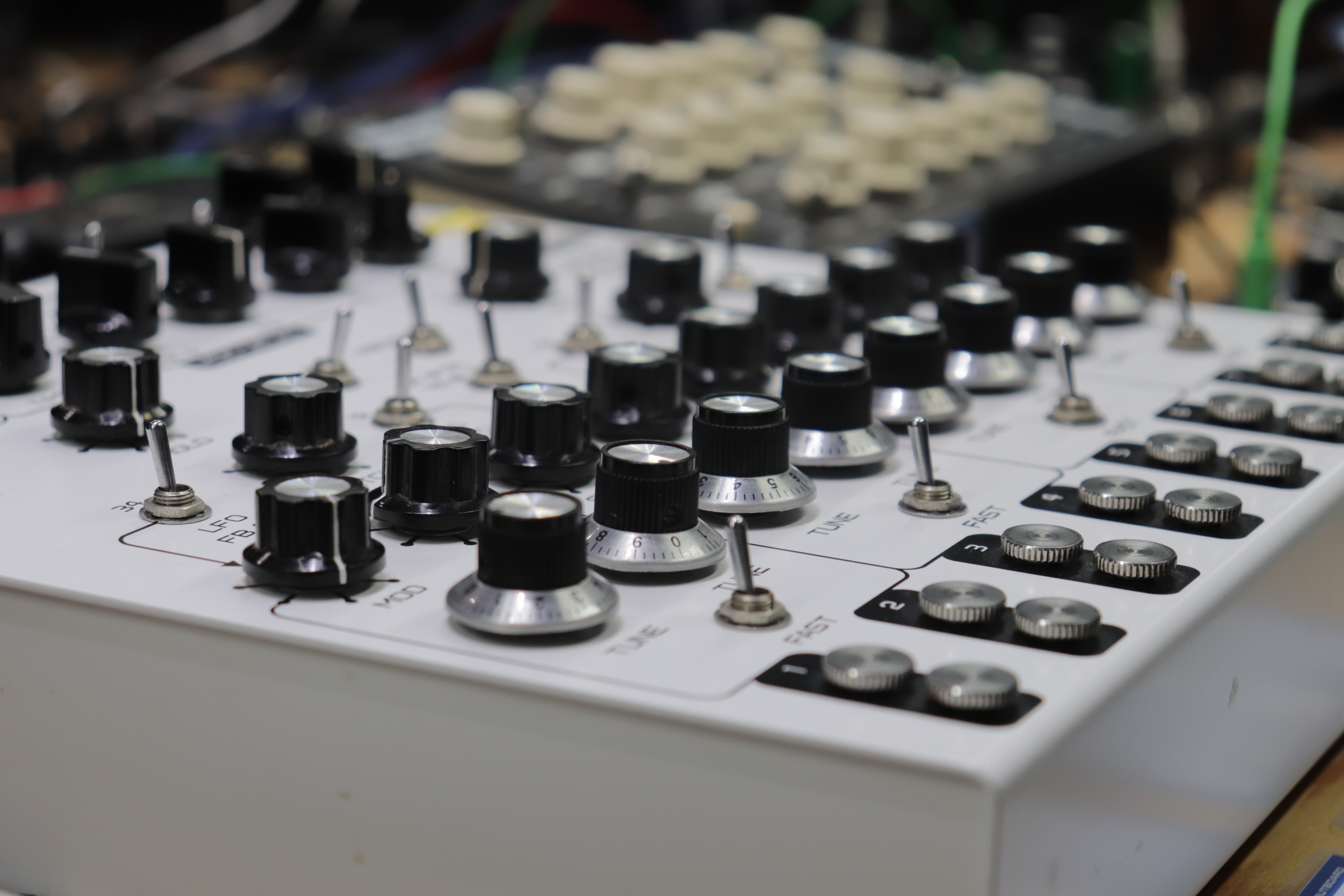
Courtesy of Five G Music Technology.
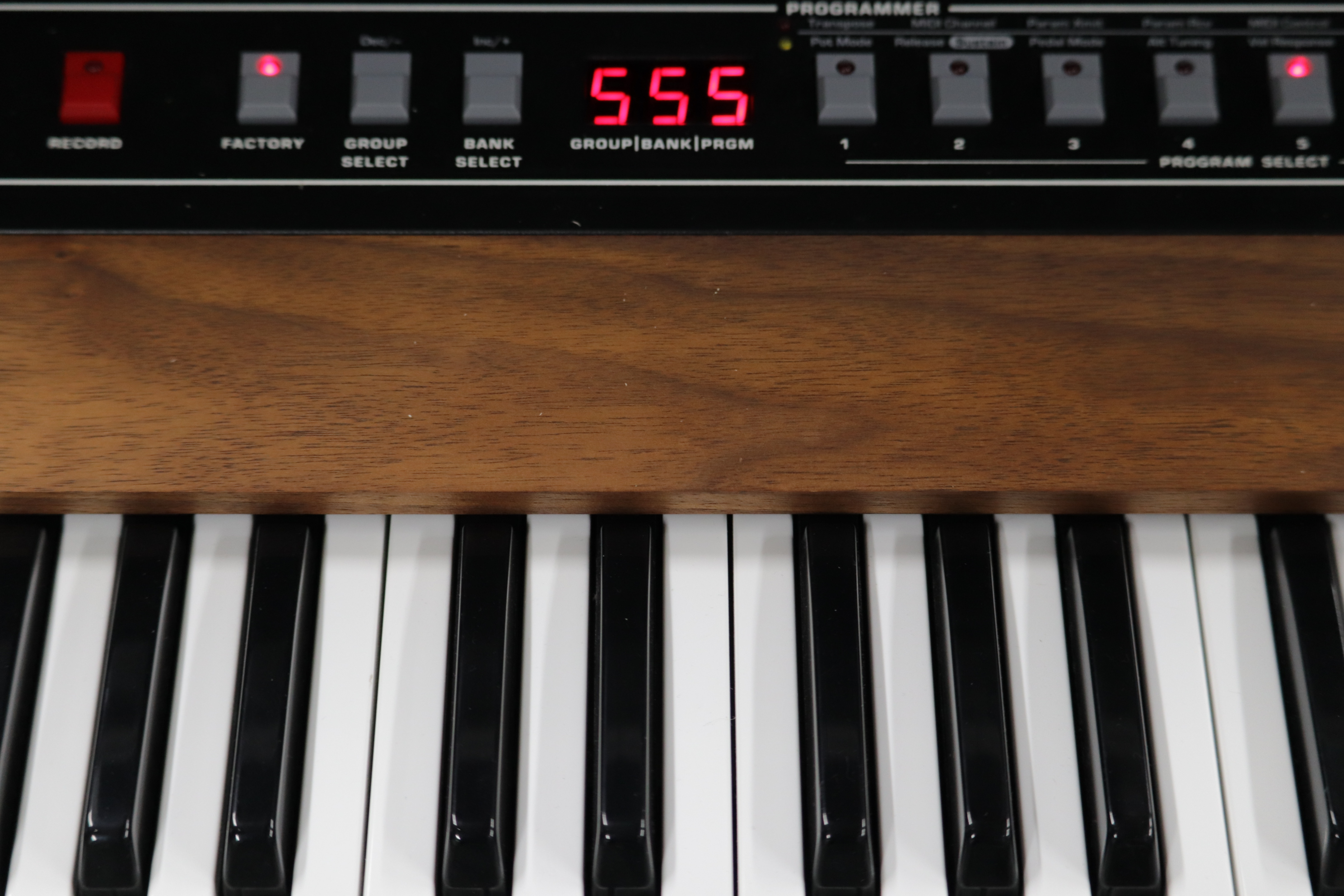
Courtesy of Five G Music Technology.
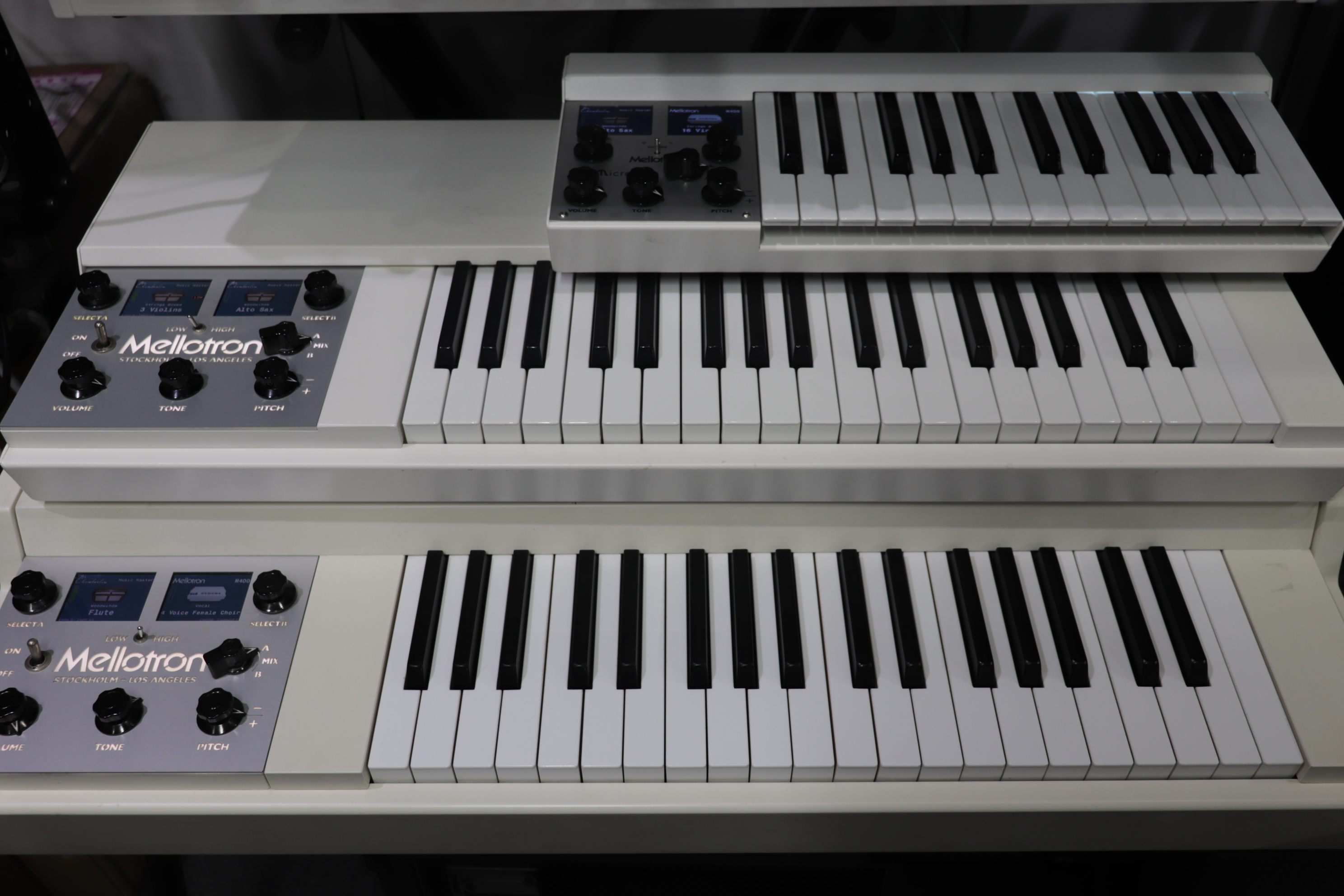
Courtesy of Five G Music Technology.
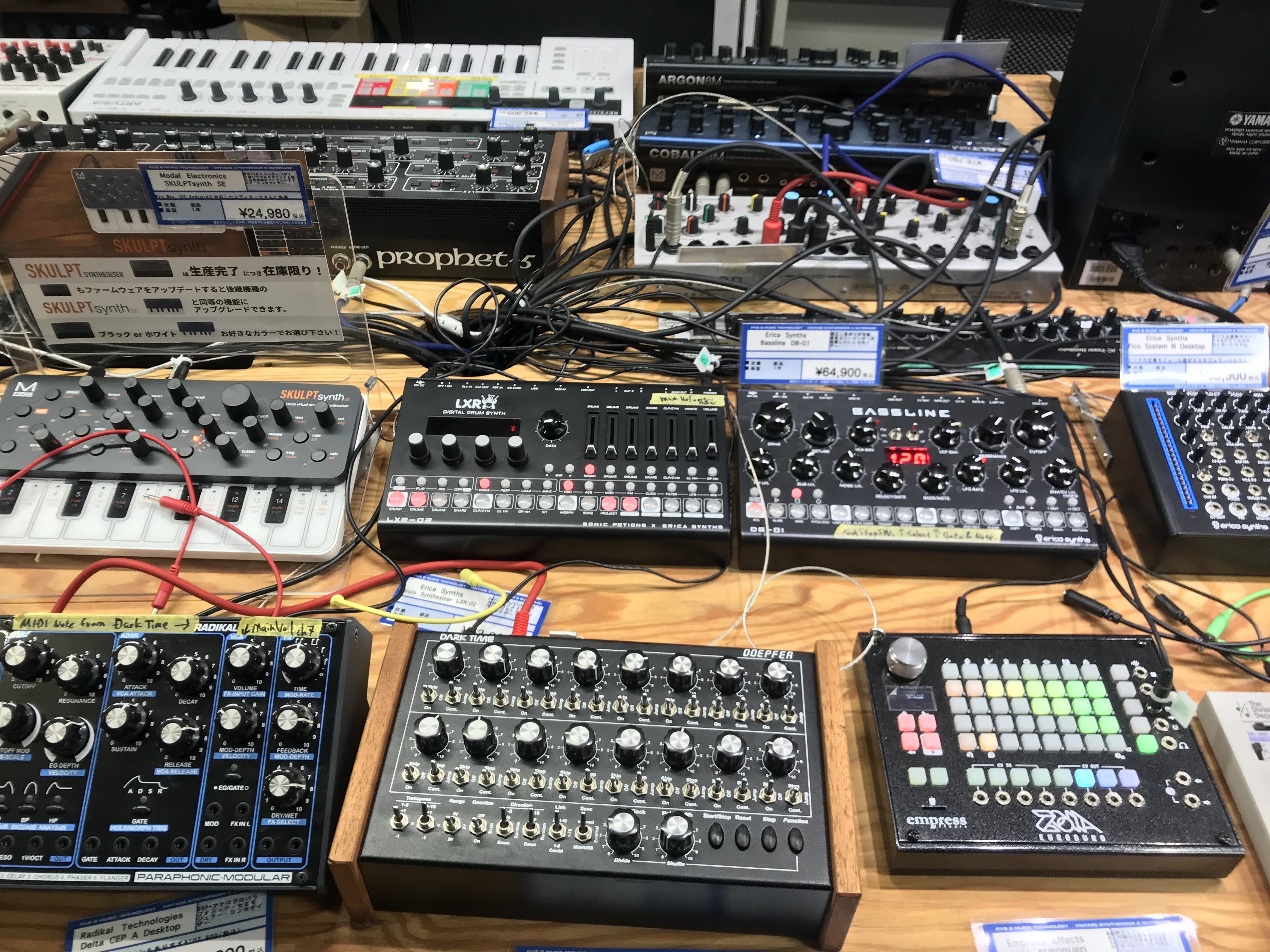
Courtesy of Five G Music Technology.
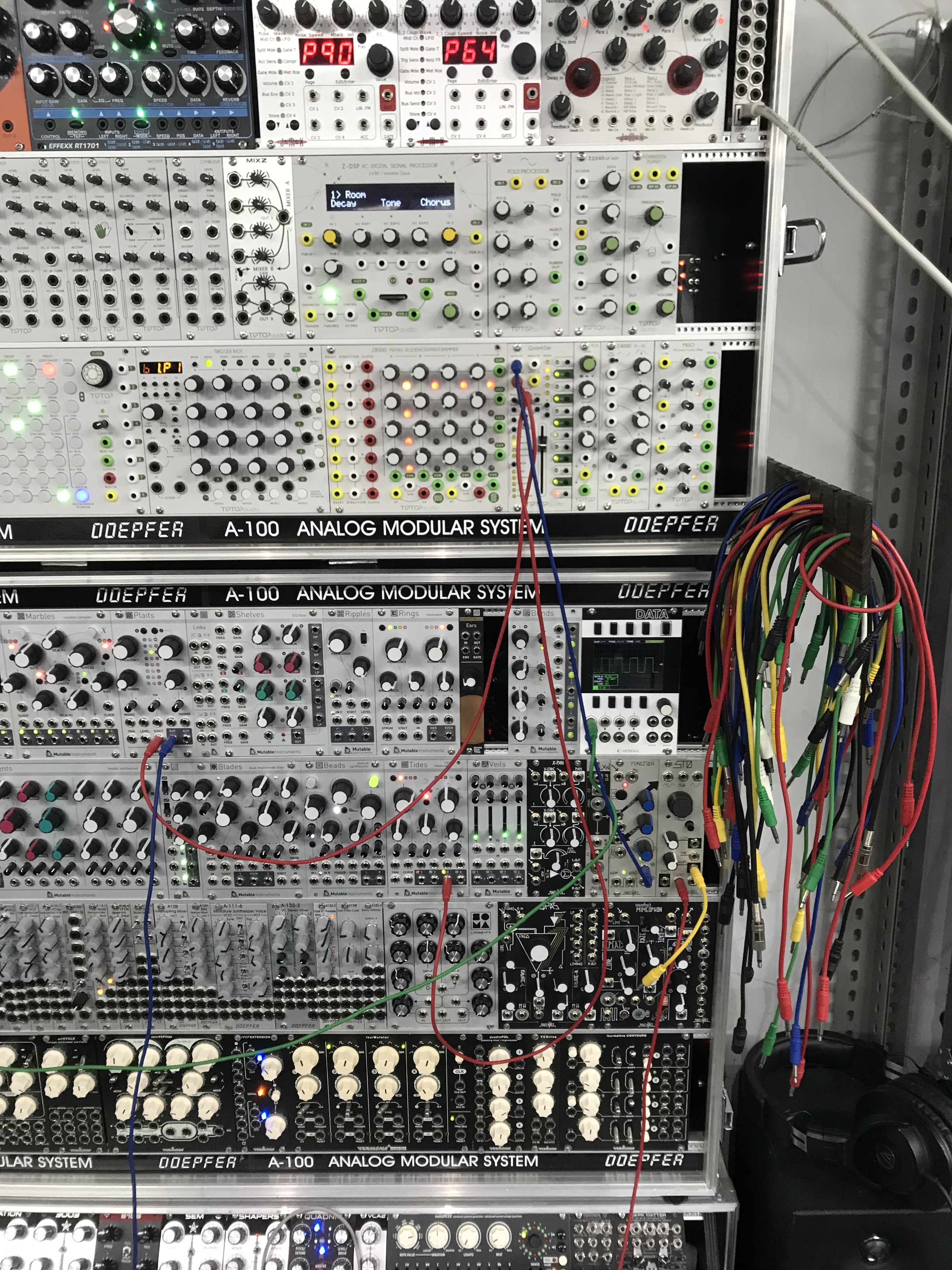
Courtesy of Five G Music Technology.
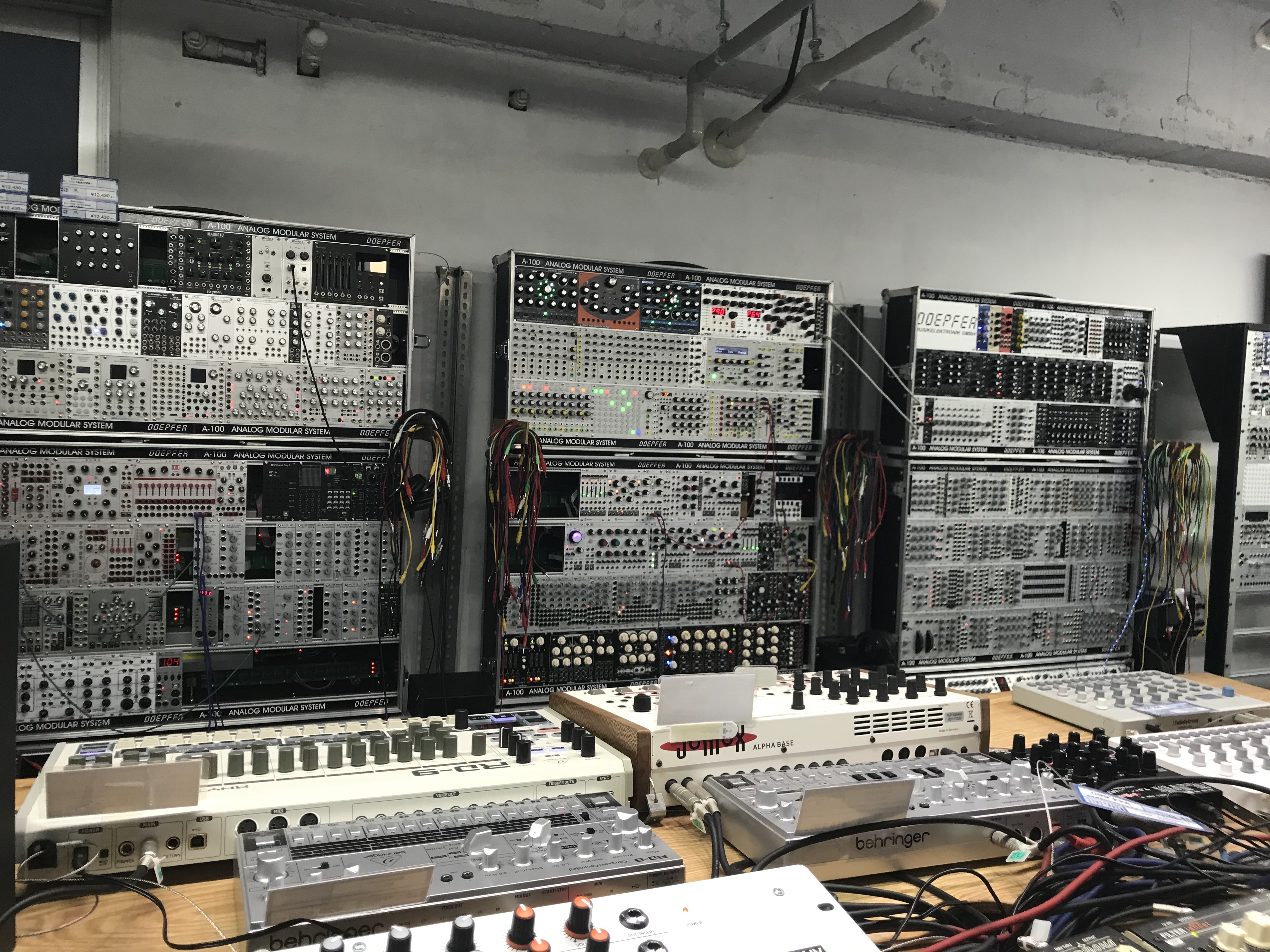
Courtesy of Five G Music Technology.
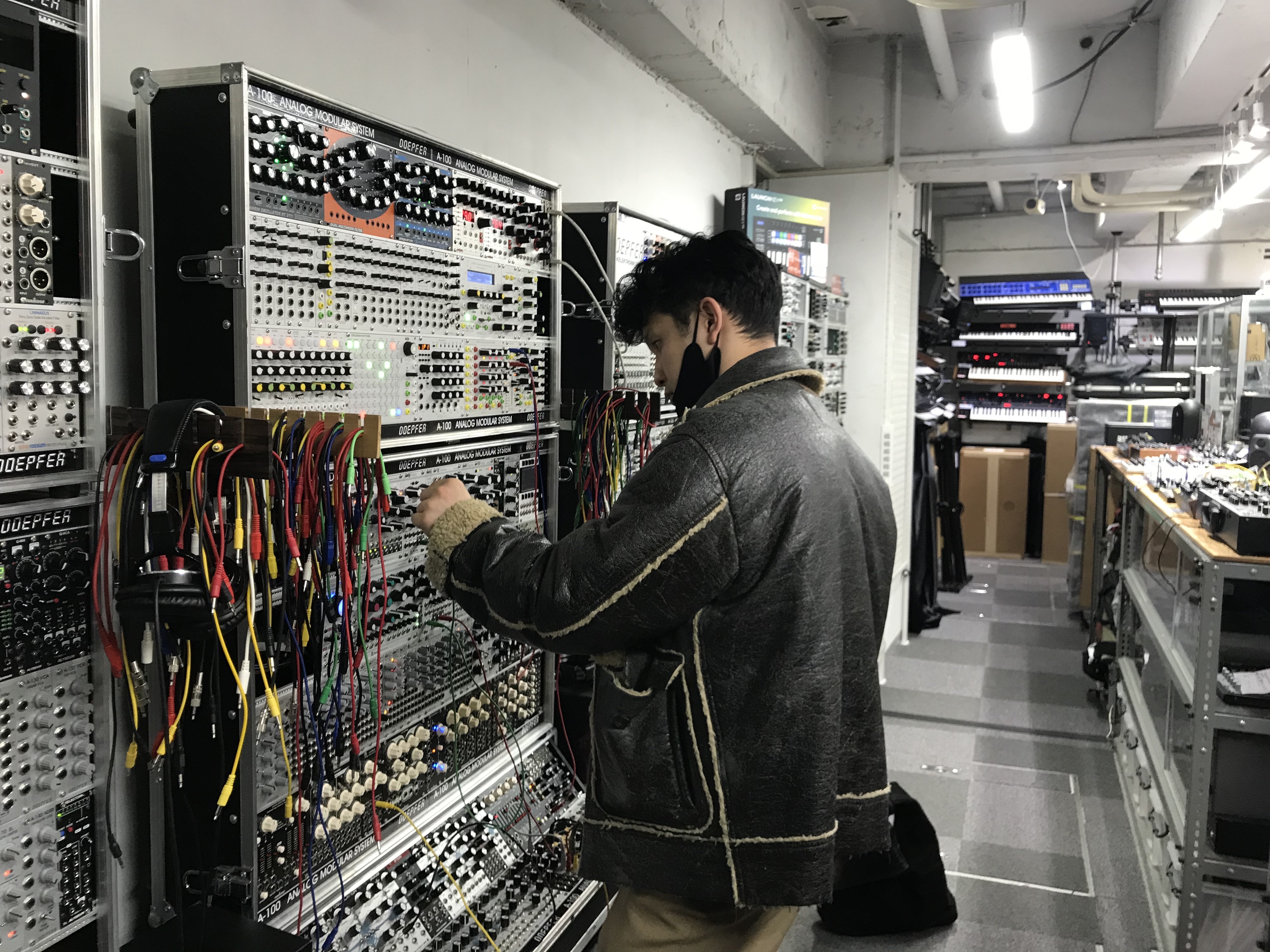
Courtesy of Five G Music Technology.
TRENDING
-
The Tattoos that Marked the Criminals of the Edo Period
Traditional tattoos were strong signifiers; murderers had head tattoos, while theft might result in an arm tattoo.

-
Paris, Tokyo: Robert Compagnon
With his co-chef and talented wife, Jessica Yang, Robert Compagnon opened one of the top new restaurants in Paris: Le Rigmarole.
 3:31
3:31 -
Chiharu Shiota, Red Threads of the Soul
Last year, more than 660,000 people visited the retrospective 'Chiharu Shiota: The Soul Trembles' exhibit at the Mori Art Museum.

-
‘Before Doubting Others, Doubt Yourself. Who Can Truly Say a Dish Isn’t What It Used to Be?’
In ‘A Non-Conformist’s Guide to Surviving Society’, author Satoshi Ogawa shares his strategies for navigating everyday life.

-
The Story of Sada Yacco, the Geisha who Bewitched Europe
Described by Dazed magazine as the first beauty influencer, she has been restored to her former glory since 2019.

